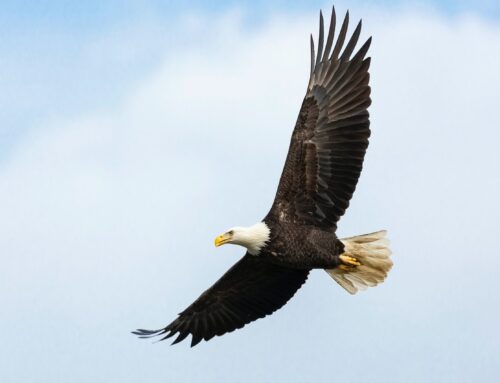
Food and flowers that attract pollinators are most popular in Lakewood Elementary’s garden beds. (Photo by Emily Charrier)
Students at Lakewood Elementary School are blessed with extensive opportunities to explore the natural world via the 2-acre LOLA (Lakewood Outdoor Learning Area), an outdoor classroom where they can study plants, wildlife and the environment, thanks to a lot of volunteer hours from parents. But this year, first-grade teacher Nicole Jones took that education one step further by inviting in the Dallas County Master Gardeners to work with her students on raised flower beds and teach them about growing food, plant cycles and the pollinators that make it all happen.

First-grade teacher Nicole Jones and her mother Cynthia Jones, a Master Gardener, are growing the garden education at Lakewood Elementary. (Photo by Emily Charrier)
It helps that the Master Gardener is her mom, Cynthia Jones, who serves as president of the volunteer club.
“[Nicole] is the reason I became a Master Gardener,” Cynthia says, explaining that her daughter didn’t have time to take the 15-week class needed to gain the specialized gardening certificate. “But as a retired anesthesiologist, I had time. And this was about science, which is my thing.”
During the 72 hours of lessons, Cynthia learned about everything from plant pathology and identification to rainwater harvesting and soil management. The program aims to make knowledgeable volunteers who are then required to share that wisdom with their community. Their volunteer work runs from educational classes to managing demonstration gardens in public spaces like at the Bath House Cultural Center. The group also helps with gardens at 10 Dallas schools, including Lipscomb, Robert E. Lee and Lakewood elementariness in East Dallas.
“We need an invested partner,” Cynthia says of how the schools are selected. “We stress that we’re not the maintainers of the gardens.”
The schools must agree to contribute their own energy, and often finances, to managing the green space. The Master Gardeners serve as consultants and educators, with a whole slew of lessons that are approved by the Texas Education Agency for elementary curriculum.
“We talk a lot about food and how it is grown,” Cynthia says, adding that teaching healthy lifestyle choices, including diet and exercise, is all part of the mission. “Children who grow their own vegetables are more likely to eat vegetables.”
When Nicole got her somewhat doldrum portable classroom three years ago, she was happy to learn she’d be allowed to plant some flowers to brighten the space (portables will soon be replaced by a new wing at the school). She began with a few irises, but now hosts a variety of raised beds filled with plants that attract butterflies and bees.
“I let the morning glory go over the summer and when I came back it had taken over everything,” Nicole says. “It was really beautiful.”
Nicole also inherited another series of raised flower beds nearby, which were used a food production gardens by former school nurse Ashley Bull, a Master Gardener herself.

Nicole Jones filled the empty space outside her first-grade class with flowers. (Photo by Emily Charrier)
“She started some junior master gardener classes there, so everything was all set up,” Nicole says. “She left us a lot to work with.”
Nicole found grants to cover the cost of plants and soil and garden tools, thanks to Whole Foods, North even Gardens, the Lady Bird Johnson Wildflower Center and the Natural Society.
“My mother also donated a number of things,” she says.
Nicole’s students always loved learning in the garden, so she formalized the education by applying for the Master Gardener school program in December. Now, her students spend time every other Friday learning in the garden, which includes everything from monitoring plants’ growth to checking the soil health to harvesting their own food, including fresh herbs, leafy greens, potatoes and sweet peas.
“Sometimes we’ll cook for them when it’s something they haven’t tried before,” Cynthia says. “The parents are always shocked when their kid comes home asking for Swiss chard for dinner.”
Parents say they value the extensive opportunities the school offers their kids to learn, hands on and outside, about the natural world and their place in it. “We want these kids to walk away understanding their impact,” says parent Ginger Greatens. “The children at this school, they’re all very lucky.”
Parent Imelda Haley added that it takes a dedicated teacher like Ms. Jones to make these programs a reality. “We’re a DISD school, with DISD resources. Having a teacher advocate is absolutely critical,” she says.

Anywhere the students can plant, they do. (Photo by Emily Charrier)





